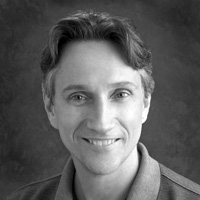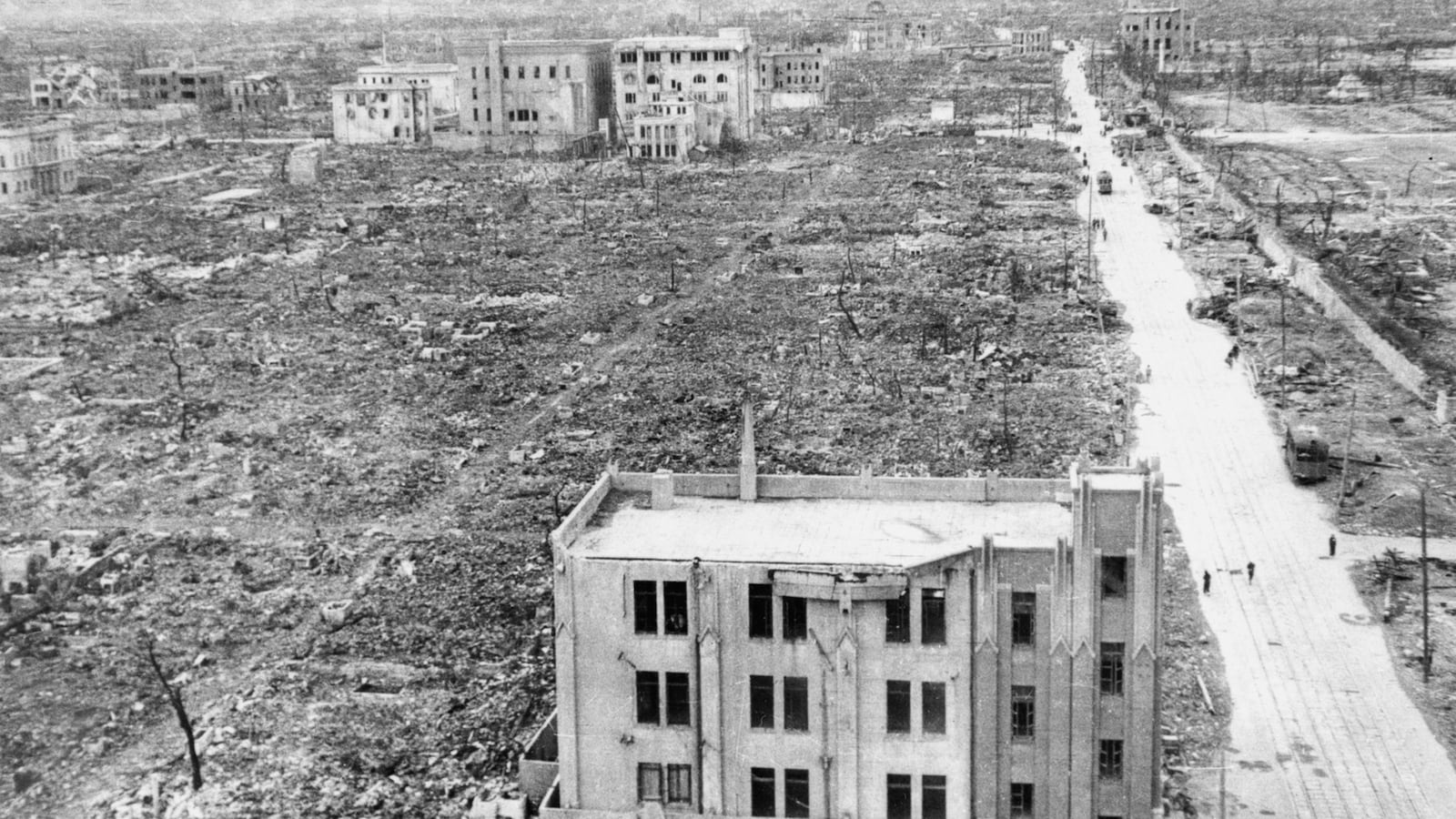In June of 2012, I was driving home from taking my son, Gates, to high school when, contrary to common sense and Chicago ordinance, I decided to check the messages on my cellphone. There was only one. Someone with a lovely soprano voice was singing me “Happy Birthday.”
It turned out to be Shigeko Sasamori, who survived the 1945 atomic bombing of Hiroshima, an attack ordered by my grandfather, Harry S. Truman.
I had met Shigeko only a couple of weeks earlier, in New York. She was there working with Hibakusha Stories, a United Nations-affiliated NGO that, as of this date, has brought atomic bomb survivors to share their experiences with more than 25,000 New York Metro-area high school students.
Needless to say, I never expected to know a survivor of Hiroshima, let alone have her sing me “Happy Birthday.” My grandfather never spoke to me about the atomic bombings. I learned about them like everyone else, from history books. Aside from casualty figures, the books told me very little about what happened to the people.
In 1999, when my older son, Wesley, was in fifth grade, he brought home a copy of Sadako and the Thousand Paper Cranes. The book is based on the life of Sadako Sasaki, a little girl in Hiroshima sickened by radiation. She followed a Japanese tradition that says if you fold 1,000 origami paper cranes, you are granted a wish. Sadako’s wish was to live. Sadly, though she folded more than 1,000 cranes, she died of leukemia on October 25, 1955. There’s a memorial to her and all children killed or wounded by the bomb in Hiroshima’s Peace Memorial Park.
I mentioned to two Japanese writers that my family and I had read Sadako’s story. Not long after their stories ran, I received a phone call from Japan, from Masahiro Sasaki, Sadako’s older brother and himself a survivor of Hiroshima.
We met in 2010 in New York, where Masahiro and his son, Yuji, were donating one of Sadako’s original paper cranes to the 9/11 Tribute Center as a gesture of healing and peace. During our meeting, Yuji took a small paper crane from a plastic box and dropped it into my palm. It was the last crane Sadako folded before she died. At that point, Yuji and his father asked if I would consider attending the annual memorial ceremonies in Hiroshima and Nagasaki.
My family and I did so in August of 2012. In addition to the ceremonies, we met and heard testimony from more than two dozen survivors.
Most of us do not think about nuclear weapons on a daily basis. Even if you’ve read Eric Schlosser’s Command and Control, about the hundreds of accidents and near misses that have plagued this country’s nuclear arsenal, or Kristen Iversen’s Full Body Burden, about the Rocky Flats nuclear weapons plant that poisoned thousands of acres and thousands of Americans with plutonium, you still don’t wake up each morning worrying about radiation or a fireball as hot as the surface of the sun.
Survivors of Hiroshima and Nagasaki do. Yasuaki Yamashita, who survived Nagasaki, used to flinch every time someone set off fireworks. Setsuko Thurlow, awarded the Medal of Canada for her disarmament work, chose a career as a social worker because she had been unable to help the hundreds of her fellow citizens who had been cooked alive. Shigeko, who was outside and unprotected during the blast, was burned so badly her family didn’t recognize her. Had she not called out to them, they might never have found her.
For her and for the others, the thought of the world’s 17,000 nuclear weapons, most a thousand times more powerful than the bombs that destroyed Hiroshima and Nagasaki, means devastation on a scale that only they can really imagine.
Which is why they tell their stories. They’re not interested in blame or retribution, anger or accusation. They don’t ask me to turn my back on my grandfather or us on our country. They simply want us to understand what it was like to live through a nuclear explosion so that none of us ever has to do so again.
We—not just Japan, but we, the world—are losing them. Thousands of survivors’ names are added to the memorials in Hiroshima and Nagasaki each year. With them go our only eyewitness accounts of the real effects of nuclear war.
When I was in Japan two years ago, at least one media outlet referred to me as a “disarmament activist.” I remember thinking that the label didn’t fit. I had a fleeting image of long hair, jeans and a “No Nukes” placard. I look in the mirror today and see a 57-year-old with a happy marriage, a nice house in a good city and three kids he’s proud of. And because survivors of Hiroshima and Nagasaki have taught him that he could lose all that in an instant, he’s definitely a disarmament activist. It’s a label that could—and should—fit everyone.





